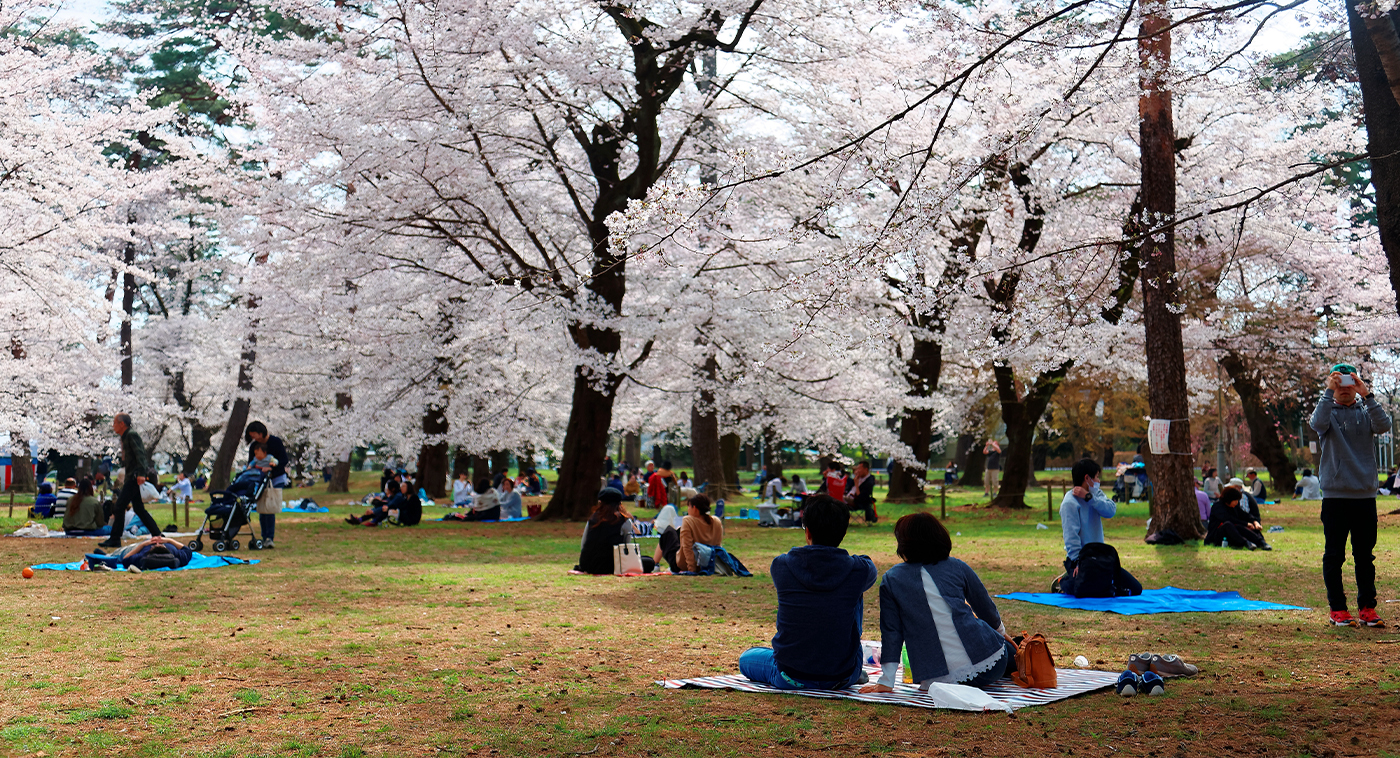
Every spring in Japan, the arrival of cherry blossoms transforms the landscape into a sea of soft pink and white.
Known as sakura, these delicate flowers signal the beginning of Hanami, a centuries-old tradition of flower viewing and seasonal celebration. Hanami began during the Nara Period (710–794) with plum blossom gatherings among aristocrats. By the Heian Period, cherry blossoms took center stage in court life and poetry. The tradition spread to the public during the Edo Period and became a national symbol in the Meiji era. Cherry blossoms represent more than just the changing seasons. In Japanese culture, they symbolize renewal, beauty, and the fleeting nature of life. Their short blooming period, usually just one to two weeks, encourages people to pause, live in the moment, and appreciate life’s passing beauty. Today, Hanami remains a beloved spring activity. Families, friends, and coworkers gather under blooming cherry trees for picnics. Popular spots like Ueno Park in Tokyo and Maruyama Park in Kyoto fill up quickly, while quieter locations offer more peaceful experiences. Food is an important part of Hanami. People enjoy special seasonal bento boxes filled with sushi, tempura, and onigiri. Traditional sweets like sakura mochi and dango are especially popular, along with drinks like sake and green tea. Some enjoy yozakura, or nighttime Hanami, under lantern-lit trees.
Each year, the sakura-zensen or cherry blossom forecast is closely followed across Japan. It begins in the south around late March and moves northward to Hokkaido by early May. Timing Hanami with full bloom is key, which is why many plan vacations or local outings based on the forecast. Hanami is more than a picnic. It is a pause in the year to appreciate the beauty of nature, connect with others, and reflect on life’s impermanence. Sitting beneath the blossoms encourages quiet reflection and shared joy. As the blossoms bloom and fall, they remind people to be present, cherish each season, and find meaning in fleeting moments. ■



